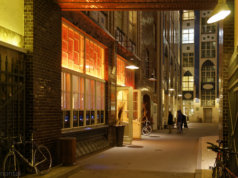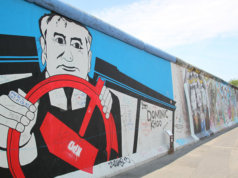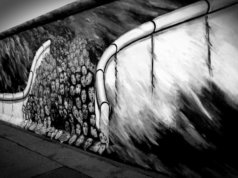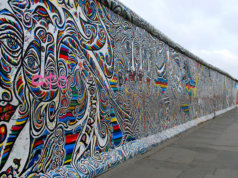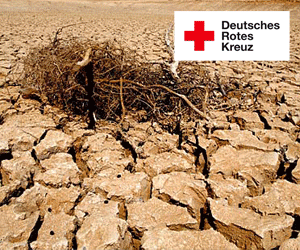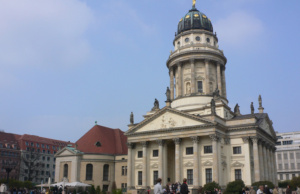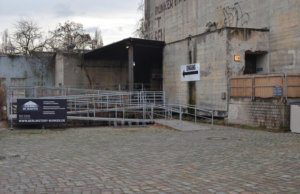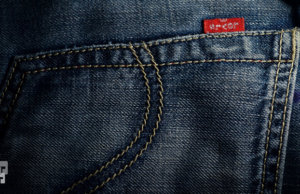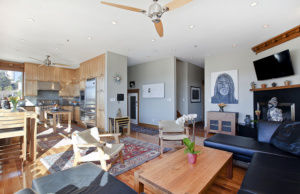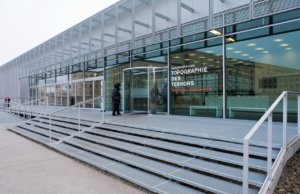Just west of Berlin, in the quaint village of Charlottenburg, you’ll find one of the most beautiful, largest and oldest palaces still standing in the capital district, known as Charlottenburg Palace. It’s one of the last few sites that truly reflect the grandeur of the Hohenzollern clan, which ruled the region – then known as Prussia – from 1415 to 1918.
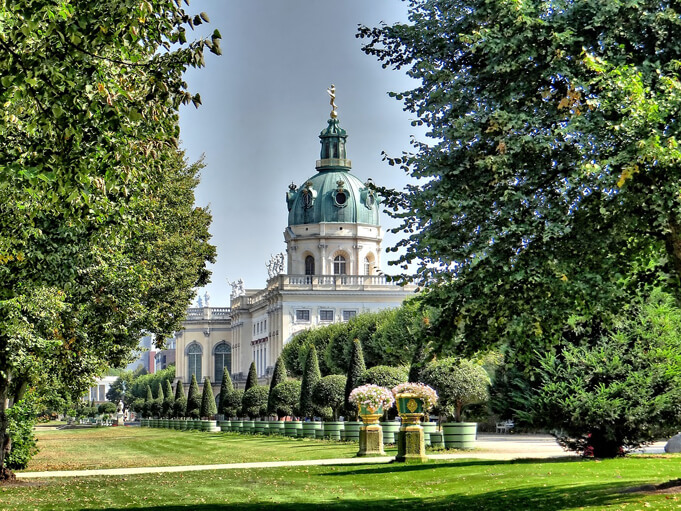
Just a small summer residence…
The elaborate grandeur of the palace today is not what it was originally intended for. In fact, it was commissioned in 1695 by Sophie Charlotte, the first Prussian queen, as a quiet summer residence far away from the hustle and bustle of the big city. Sophie, a lover of the arts, built a small opera house. She commissioned a beautiful garden in the characteristic symmetrical manner of the baroque period.
The Altes Schloss (Old Palace):
From modest to magnificent
Sophie’s husband was Frederick III, elector of Prussia. He later became Frederick I, King of Prussia in 1701. After Sophie died at age 37 in 1705, he made some big changes to Charlottenburg Palace – namely, making it much bigger!
King Frederick I was inspired by the lifestyle of the French King Louis XIV. He spent a great deal on a magnificent and lavish expansion plan. The architect hired for the job was Johann Friedrich Eosander von Göthe – a star of the time period. He has just returned from Rome and Paris, generating the idea of crowning the palace with a 48-meter tall golden dome topped with a statue of the goddess Fortuna.
In addition, he significantly expanded the wings, constructed an orangery to house Mediterranean plants during the cold weather.
The Neuer Flügel (New Wing)
Frederick’s son was unenthused by the royal lifestyle. He only spent on maintenance, and used the building only for acts of state. His son, Frederick II – the grandson of Queen Sophie – took a particular liking to the residence and used it as his home. King Frederick II was the most famous King of Prussia, rising to the throne in 1740.
He commissioned the period’s star architect Georg Wenzeslaus von Knobelsdorff for the renovations. This was all done in a rococo style, highly fashionable for the times. King Frederick II soon left the palace for a residence in Potsdam, where he built upon the Potsdam City Palace.
Frederick II’s nephew, Frederick William II then commissioned more additions: a new theatre a second orangery and private rooms. These renovations were done in the early neoclassical style.
Then, Frederick William II’s son and daughter-in-law, Frederick William III and Louise moved to Charlottenburg along with their many children. They made the palace their primary residence, adorning their private apartment with lavish chandeliers, period furniture and hand-painted silk wall coverings. Louise died young in 1810 and is buried in a mausoleum on the palace grounds.
Highlights of the Charlottenburg Palace
The Palace itself tells a true and unique story of a royal family offer a period of nearly 200 years. Each reining resident added their own personal touch – though some were much more extravagant than others. Highlights for visitors at the Charlottenburg Castle include:
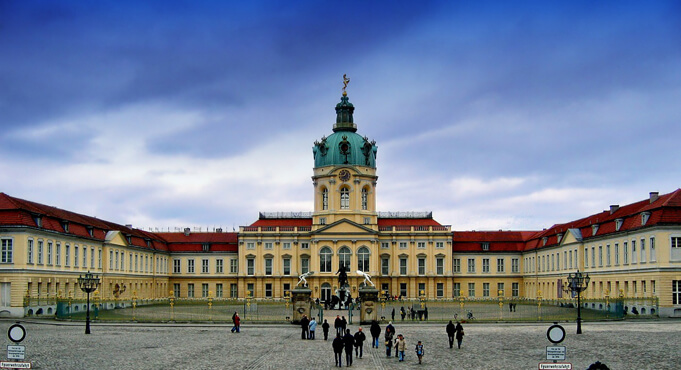
In the Altes Schloss:
The Baroque architecture; the Oak Gallery: a wood paneled festival hall decorated with family portraits; the Oval Hall: with beautiful views of the gardens; Frederick I’s bedroom, complete with the first ever bathroom in a baroque palace; and especially the Porcelain Chamber: covered with Chinese and Japanese blue ware.
In the Neuer Flügel:
The ornate private living quarters of Frederick II, including a large part of his private collection of 18th century French paintings; the Weisser Saal (White Hall), the royal banquet hall; the Goldene Galerie (Golden Gallery), a 42-meter-long ballroom decorated with mirrors and Rococo-ornaments; the lavish apartments of Queen Louise (1776–1810), wife of King Frederick William III.


